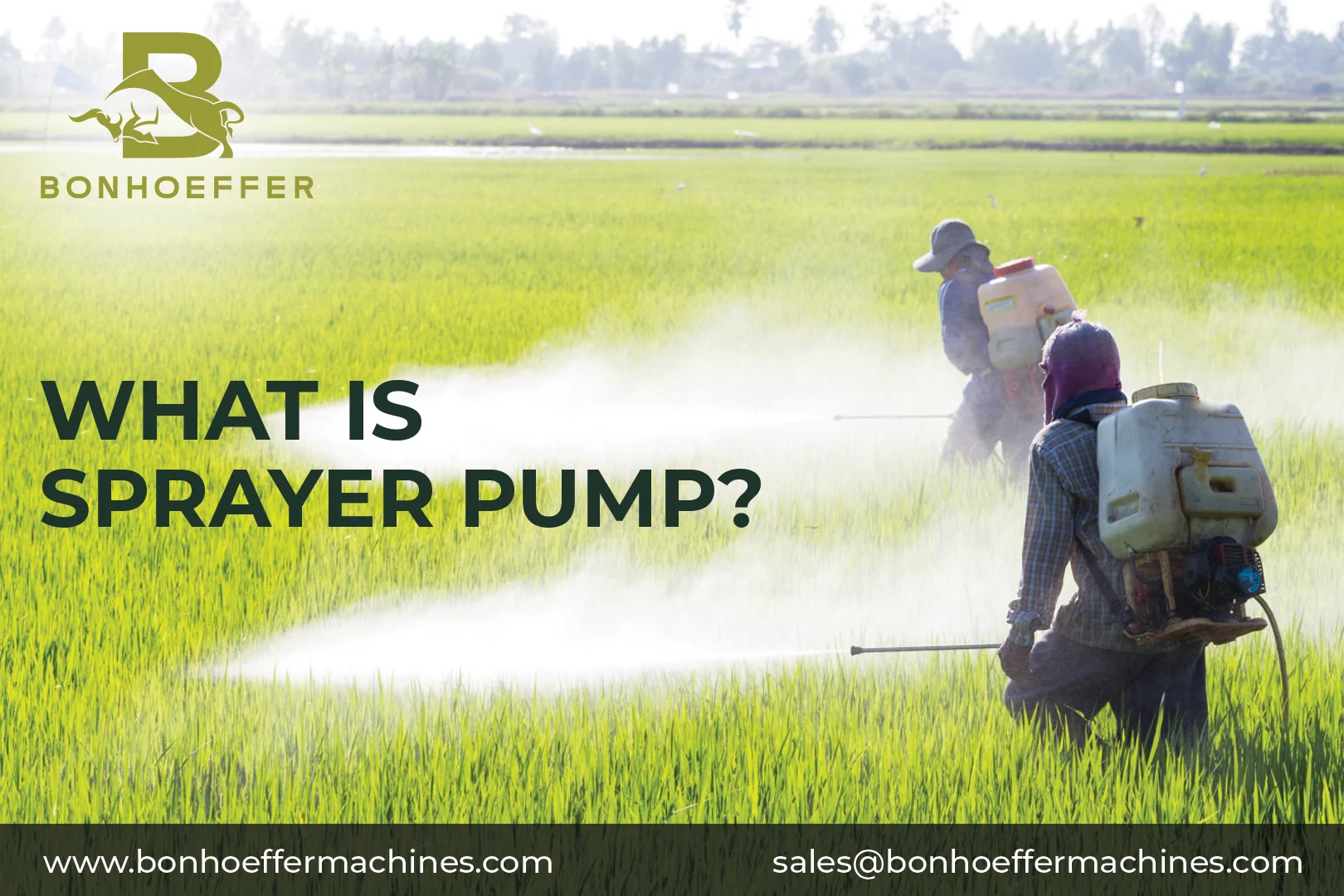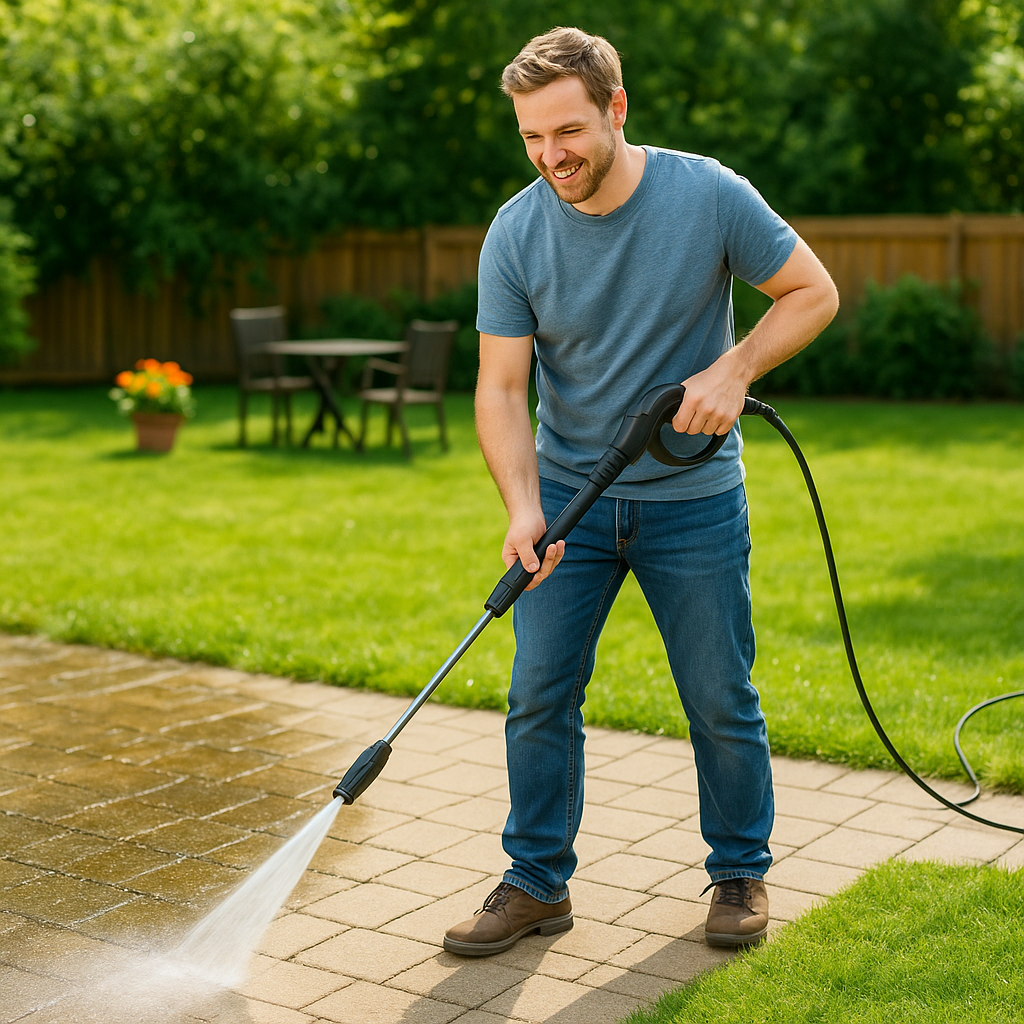
A sprayer pump, also known as a spray pump, is a mechanical device designed to create pressure and deliver liquid solutions, such as pesticides, herbicides, fertilizers, and other chemicals, through a nozzle in a controlled and efficient manner. Sprayer pumps are a critical component of various types of sprayers, including knapsack sprayers, backpack sprayers, tractor-mounted sprayers, and more. They play a crucial role in dispersing the liquid over a target area, whether it’s a crop field, garden, or industrial setting.
Key features and components of a sprayer pump include:
1. Pump Mechanism:
The pump mechanism generates pressure within the sprayer tank, forcing the liquid to flow through the system and out of the nozzle. Depending on the type of pump, this pressure can be created by manual pumping, battery power, gasoline engines, or other power sources.
2. Plunger or Diaphragm:
Many sprayer pumps utilize a plunger or diaphragm mechanism to create pressure. As the plunger or diaphragm is moved back and forth, it compresses the air or fluid within the pump chamber, building pressure that propels the liquid out through the nozzle.
3. Pressure Chamber:
The pressure chamber houses the plunger or diaphragm and provides the space for creating pressure. It is usually made of durable materials that can withstand the chemicals being sprayed.
4. Inlet and Outlet Valves:
Inlet and outlet valves control the flow of liquid into and out of the pump. These valves ensure that the liquid is drawn into the pump and then pushed out through the nozzle when pressure is created.
5. Seals and Gaskets:
Sprayer pumps have seals and gaskets that prevent leaks and maintain the pressure generated within the pump chamber. These components are crucial for the efficient operation of the pump.
6. Power Source:
Depending on the type of sprayer, sprayer pumps can be operated manually (hand-pumped), powered by batteries, gasoline engines, or other sources. The power source determines the ease of operation and the amount of pressure that can be generated.
7. Pressure Regulator:
Some sprayer pumps come with pressure regulators that allow the operator to adjust and control the pressure output. This is important for achieving the desired spray pattern and coverage.
The Bottom Line
Sprayer pumps come in various sizes and designs to accommodate different sprayer types and application requirements. They are vital for achieving uniform and effective coverage when applying liquid solutions to crops, plants, and various surfaces. Proper maintenance and care of the sprayer pump are essential to ensure its longevity and reliable performance during spraying operations.







